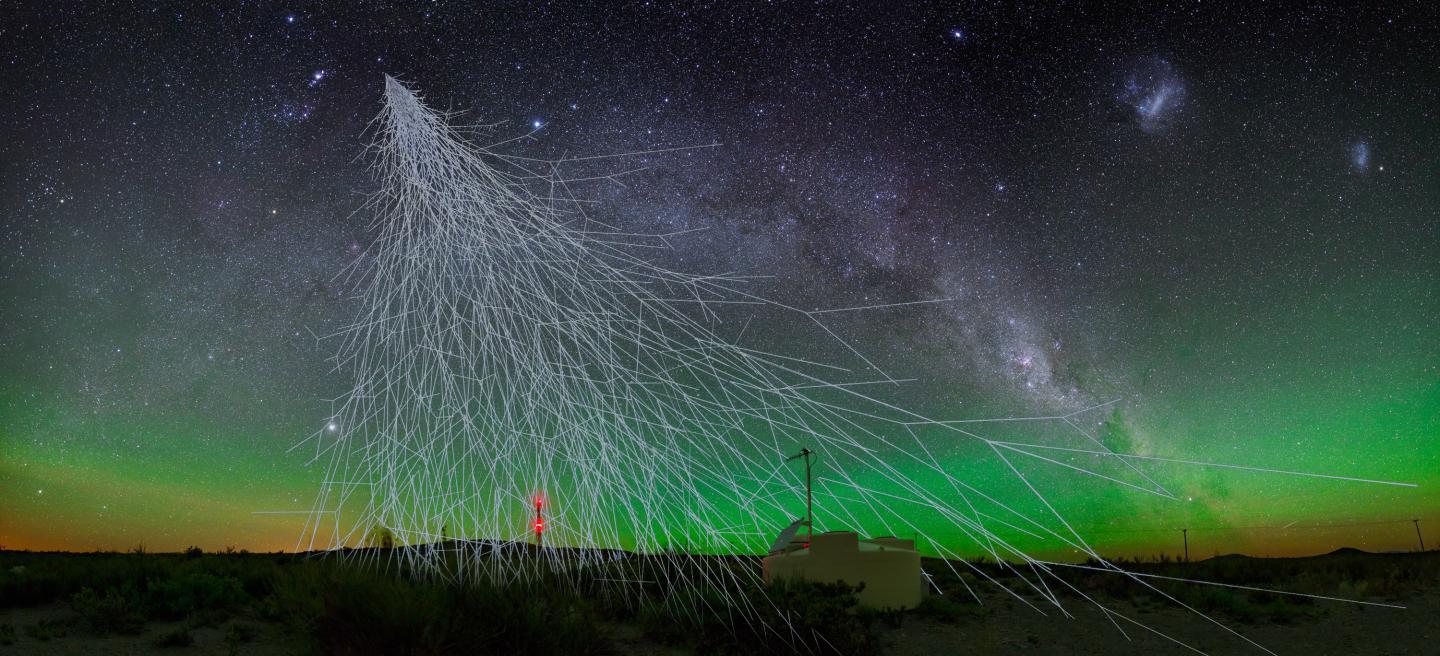Clocks and other electronic devices in different parts of the world can be accurately synchronized in time with cosmic rays. The idea was put forward by geophysicist Hiroyuki Tanaka of the University of Tokyo in an article published in Scientific Reports.
According to him, the atomic clock today can maintain an accurate course for decades, but it is expensive and cannot synchronize the clock in remote areas. Synchronization with satellite signals is also problematic in the polar regions, underwater and in the mountains.
Tanaka proposed a new method – space-time synchronization (CTS), based on the use of large atmospheric showers. They are created from cosmic rays entering the atmosphere.
These rays form “rains” of various particles, including muons, as they fly to the earth at a worldwide speed and reach the earth at the same time. By capturing their arrival, CTS devices can be synchronized with each other in real time. “The principle is simple and the technology, sensors and electronics already exist. So we can implement this idea pretty quickly,” writes the author.
According to him, the clock can thus be synchronized around the planet, as showers of particles occur frequently – about a hundred times per square kilometer.














